Raising Chickens For Eggs
So you’re wanting to raise your own eggs? Awesome! Raising chickens is one of the easier farm animals to manage. Having said that, it isn’t just a matter of buying a few chicks and letting them free range in your yard…they DO need a few amenities like food, shelter, water, and a place to lay their eggs.
But that’s about it, which isn’t bad. And it won’t break the bank to get started. In fact, if you don’t want to spend a lot of money on buying a chicken coop – check out a few of the links on the side of the page which contain links to FREE chicken coop plans.
Also – when it comes to chicken feeders and watering systems, there are more than a few days worth of Youtube videos that can show you how to make your own!
In this article, we’ll be looking at what you need to get started raising laying hens, what accessories you’ll need, best chicken feed, and overall care of your flock.
Raising Chickens For Eggs vs Raising Chickens For Meat
Not all chickens are the same, as if you didn’t already know that:) What I mean, though, is that some chickens are raised solely for meat, others primarily for eggs, and some breeds are “dual purpose,” meaning they can be used for both eggs and meat.
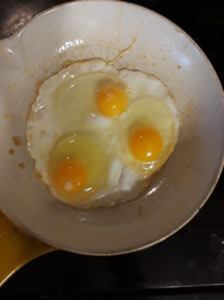
- Chickens Raised For Eggs – Some breeds of chickens are egg producing machines! (more on that below) It’s not that these breeds can’t be used for meat, but their breeding predisposes them to be better egg producers.
- Chickens Raised For Meat – These breeds are not great egg layers at all, but they grow quickly and can be butchered anytime after 8 weeks of age! Meat breeds are often called “Broilers” and are a heavier, larger structured chicken than a lot of egg layers. An example of these are Cornish Cross chickens, which are very efficient feed to meat converters!
- Dual Purpose Chickens – As the name implies, these breeds are great for providing eggs and meat. When I was a kid growing up on a farm, we raised Leghorns for this purpose. We’d buy around 50 roosters and a dozen laying hens each Spring. By Fall, we’d butcher the roosters but the hens would start producing eggs. This is just one example – there are many breeds that can be used for both.
So much of this discussion will depend on your needs…if you are only wanting to have a few chickens for egg consumption, you don’t have to fuss with researching meat breeds at all. More on best breeds for egg production below. For more information on what chickens lay brown, white, green or blue eggs, click here!
What’s Needed To Get Started?
In this section, we’ll only look at what you absolutely NEED to get started. The other chicken coop accessories like automatic door openers, heat lamps for cold nights etc. won’t be included here. But if you want to see what other coop accessories would be cool for your brood, there’s more here.
Chicken Coop
I have a feeling you already knew a chicken house might be needed…shocker, right? What I want to add here, though, is that you’ll want to get a coop that will be big enough to hold AT LEAST the number of hens you’ll be wanting to get.
Raising chickens is fun and once you catch the bug, there’s a good chance you’ll want to get a few more to add to the flock! So just make sure you estimate a bit more space than you’ll actually need. The general rule of thumb is around 2 – 3 square feet per chicken in your coop.
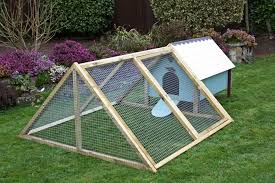
But this can also depend on the size of chicken you’re planning to get – bigger chickens do better with a bit more space than that. For more on coop design, features, etc. see this guide.
If you are planning to build your coop – check out the FREE chicken coop links on the side of the page.
If you’re planning to buy your coop, your area farm store is generally okay. They may be limited on selection but you get a chance to see what you’re buying and ask questions of the staff there. If you’re alright with buying a coop online, there are hundreds of good options.
Nest Boxes
The average size of a nest box is around 12 inches tall x 12 inches high x 12 inches long. These dimensions are just fine for most chickens, but for added comfort, you may want to make those a bit bigger for larger hens like Buff Orpingtons, Barred Rocks, or other large hen breeds.
But breeds like Silkies, Brahmas, and others can get by with a smaller nest box. More on breed selection can be found here.
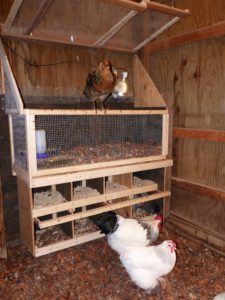
(Photo By Normanack, Flickr/Creative Commons)
Nest boxes are easy to make and can be made out of wood, a 5 gallon bucket, a cardboard box, an old egg crate, a tupperware container, and the list goes on! We write more on nest boxes here.
If you’re not in the mood to make one, there are many chicken coops that come with the nest box built into it to eliminate this step. You can also buy nest boxes separately online.
Roosts
Got an extra branch about 2 inches round laying in your yard? Congratulations, you have a roost! Roosts are one of the most simple chicken coop accessories to make or buy.
We use a simple 2 inch X 4 inch board with rounded corners. Other roost ideas are a 2 inch X 2 inch board, a closet rod, and more. A link to our roost and other roost ideas can be found here. A few fancier options can be purchased online.
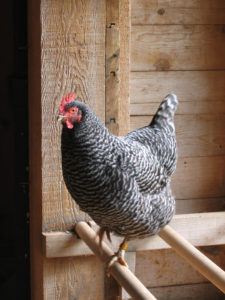
(Photo, Wikimedia Commons)
If you design and build your own coop, you can incorporate the roost into the design. Otherwise, nearly all chicken coops will come with a roosting bar.
Chicken Feeders
These are super fun and easy to make…if you’re up for a challenge! Actually, it’s pretty straightforward and can be made with a 5 gallon bucket or some left over wood in your garage if you’re crafty. More information on making your own feeders can be found here. It also shows the 10 gallon feeder that we use for your our flock.
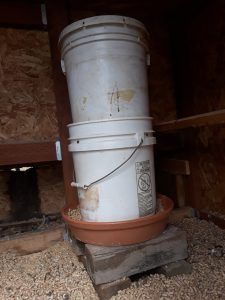
The basic feeders you buy at feed stores or your local farm store will work just fine. As always, there are dozens of options available online. And generally speaking, feeders are not one of the most expensive coop accessories out there.
Types of Feed For Your Hens
This is really the main difference between raising chickens for eggs vs raising them for meat. Hens require around 14 – 17% protein in their diet for maximum egg production. The feed companies have the formulas specially designed for this.
When feeding these feeds to your hens, many feed manufacturers caution against supplementing with other food items like veggie scraps, scratch grains etc. as this can disrupt this balance. We still feed our hens left over vegetable scraps like carrot tops, lettuce, ends of cucumbers etc since they love it, and it doesn’t seem to affect egg production.
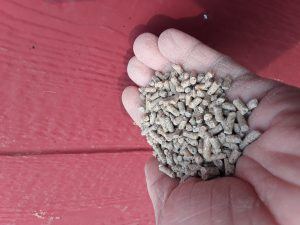
Organic vs Conventional Feeds
This will be a personal preference for you. I have fed both organic and conventional feeds to my chickens but, because of cost, have decided to stick with the conventional feed found at our area farm store.
We do, however, supplement with our own organic veggies and make sure they are “free ranged” in our pasture so they also have access to bugs and seeds.
We would love to feed only organic feed to our hens but until the prices drop a bit, we’ll stick to what’s sold at the farm stores. If we ever discover that conventional feeds are bad for our chickens (and hence for us), we will pay the extra money needed for organic.
Both conventional and organic feeds can often be found at your local farm stores. A simple google search for farm stores in your area will likely pull up several options. If you want to make it easy, you can also purchase both organic and conventional feeds online.
Homemade Chicken Feed
Depending on where you live, you may be able to find a farmer who makes chicken feed. Or, you can make it yourself by buying ingredients like peas, sesame seeds and other healthy, high protein items.
Some people prefer doing this because it allows you to control what’s going in your chickens and, therefore, into you since we are what we eat!
Again, this may not be the most cost-effective method of feeding your hens but it can go a long way in providing peace of mind knowing that you’re doing all you can to make sure your chickens are healthy. Below is a great video on homemade chicken feed!
For more information on feeding your flock, read more here.
Choosing Your Hens
This is the fun part! If you’re new to chickens there is more than enough information on chicken breeds online and an in-depth look at best chickens for egg production can be found here. But we’ll take a look at a few key elements that go into choosing hens for your flock, whether you want just a couple hens for your backyard or are looking to get a dozen or more.

Egg Production vs Personality (or both)
Some chicken breeds are made for maximum egg production, like Leghorns, Rhode Island Reds, and sex-link chickens (which are cross breeds that make excellent layers). Some of the top laying varieties will lay over 300 eggs per year – incredible!
Other breeds may not be quite as prolific, but still crank out 225 eggs or more per year. Some of these chickens include Buff Orpingtons, Cuckoo Marans, Silkies, to name a few. However, that’s still a lot of eggs. And many of these breeds have calm, docile, friendly dispositions which can make them great backyard companions.
We always keep a few Buff Orpingtons in our flock because of this. My kids can always pet them, and they still lay some beautiful brown eggs. So for us, it’s not always how prolific a breed is, but how friendly and “personable” they can be too!
Egg Colors
What also makes raising hens fun is the variety of egg colors available, depending on the breed. Some breeds lays white, some brown, some blue, some green, some speckled – it’s great! So if you want to find a wide range of egg colors in your coop, read here to find out all about them.
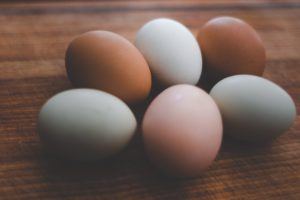
(Photo by Danielle MacInnes on Unsplash)
The most common egg colors are white, brown, blue, green, or speckled blue/green. Also – each chicken produces a slightly different color shade as well.
For example, if I have 2 Buff Orpingtons that lay brown eggs, and each hen’s eggs are a slightly different shade of brown.
The same goes for our Easter Egger chickens, which lay green eggs. We currently have 2 of them and the shade of green is darker in one of the hen’s eggs than the other.
If you want a cool variety of all colors, your local farm stores will likely have many breeds of chickens that will suit your needs.
Buying Chickens Online – Yep You Read That Correctly!
But if you want to be adventurous, you can also buy fertilized eggs online! We have tried this before and had great success. We wanted a true Aracauna chicken (similar to Easter Egger chicken) but our local farm store didn’t have them. So we took a chance and ordered a few chicks online.
They came with in a few days and hatched while in the box! They can survive this way for a few days since they can eat the shells of the eggs they were living in until they arrive to your home.
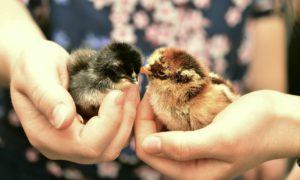
(Photo, Pixabay)
It can be more of a gamble doing it this way and we were a bit leary at first. But many people do this now, and like being able to pick which breeds will suit them best etc. Just know that buying chicks online can be a bit more expensive for shipping expenses etc.
Also – do your research on where you’re buying them from! There are many reputable people selling them online and have positive reviews to back them up. Here’s a link to some of the best.
Closing Thoughts
I hope you’ve found some information here helpful for preparing, choosing, and growing your next flock of egg layers! Honestly, we used to pick our hens based on how cute they looked in the store and those did just fine, so I hope you don’t feel too overwhelmed combing through all the information on finding the perfect chickens for you. All breeds have some fun, quirky qualities and chances are good that whatever chickens you choose, you’ll enjoy.
Please leave a comment below if you you have favorite chicken breeds that have done well for you, or if there are any lingering questions you still have about raising these lovely egg laying birds. Thanks for stopping by.

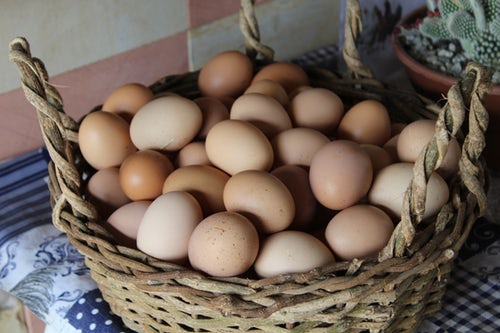
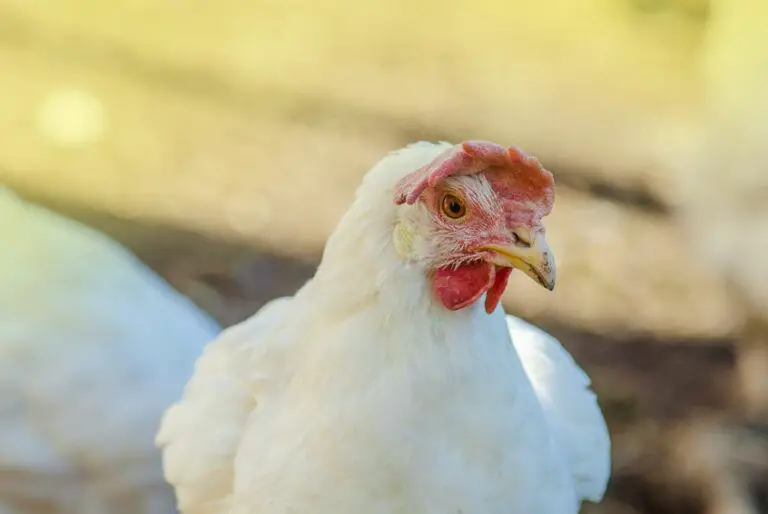


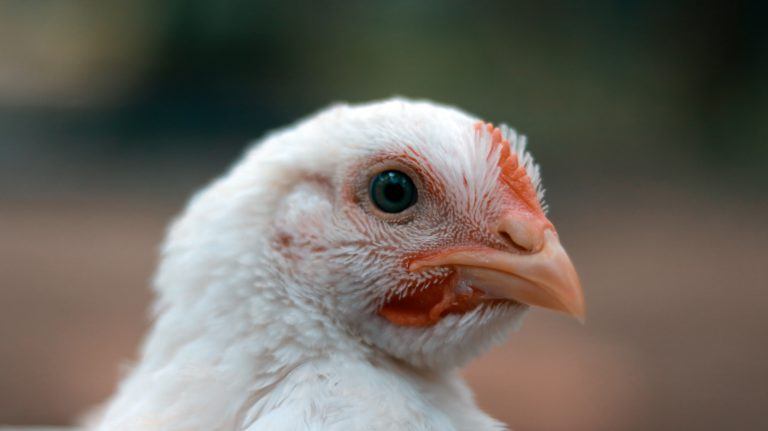
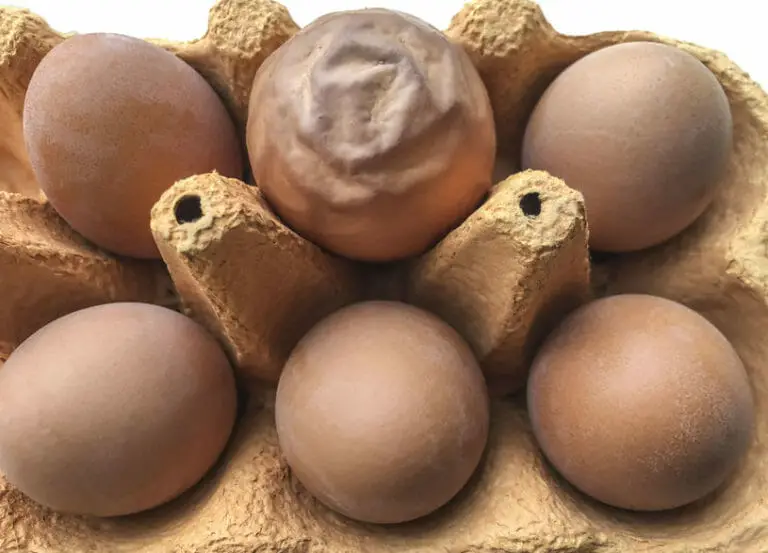
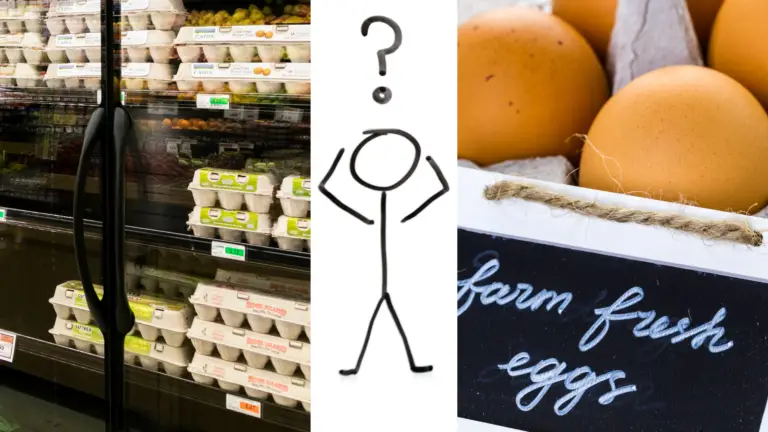
Yes dear the information was very helpful. I am into a small-scale poultry farm with about 60 birds. Please my birds are now 22 weeks old but none of them has started laying. What do you think could be the cause? This isn’t my first stock. My first stock started laying when they were exactly 18weeks
Hello Bibian – you have me stumped! I am guessing it should just be a matter of time before they start laying. At 22 weeks, I would have thought they would have started laying by now too. I’m assuming you have been feeding the same layer feed you’ve been feeding your other laying hens that began laying at 18 weeks? Is it a new breed of hens you’re trying? Maybe it’s a breed that just takes a bit longer to begin laying. Anyway, keep us posted – I’d love to hear if this turns around for you!